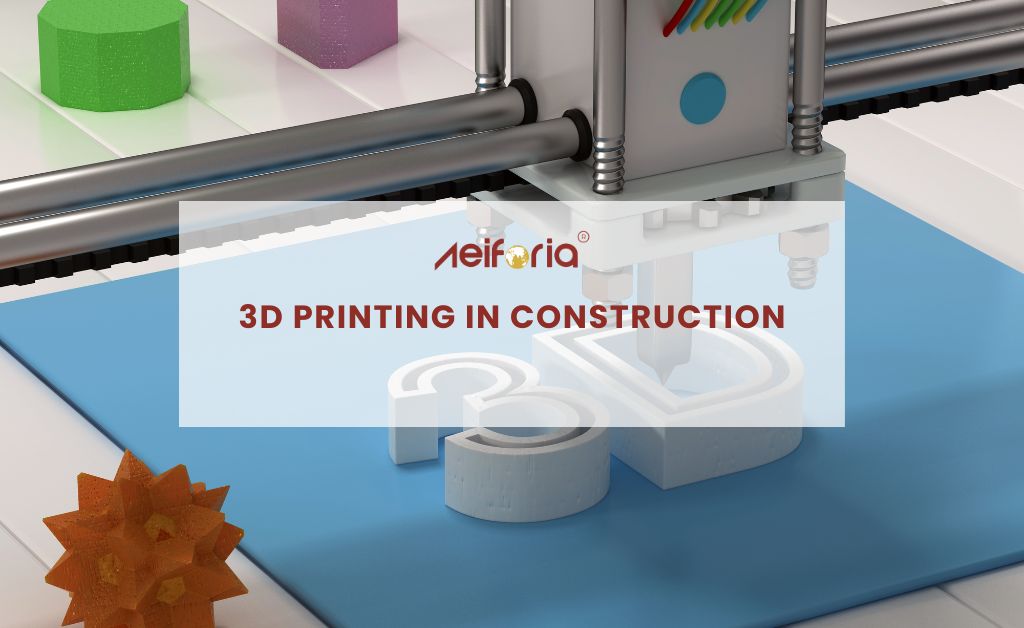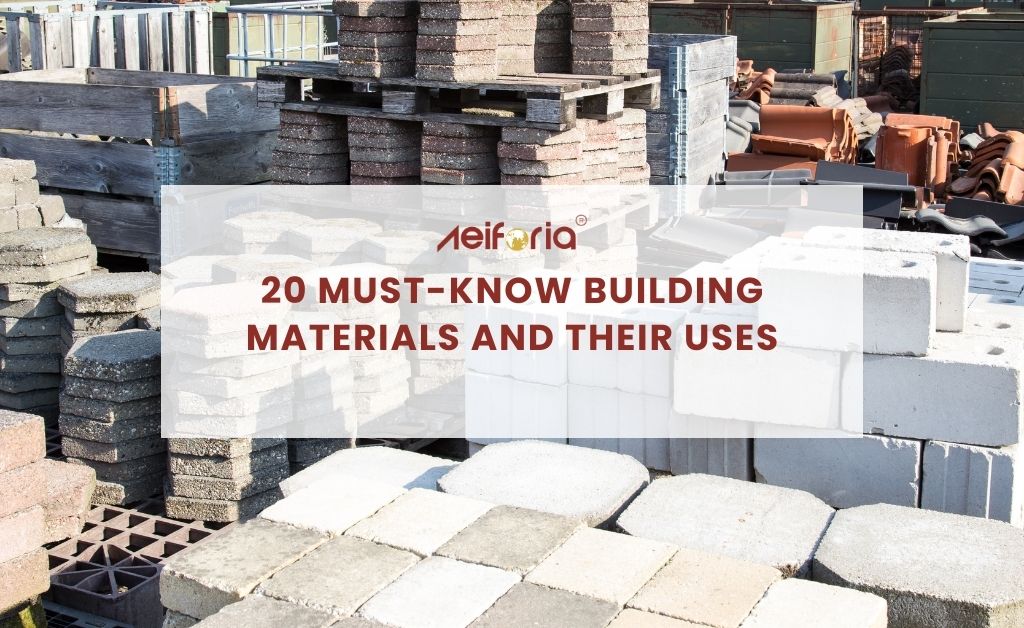
Building with 3D Printing: The Future of Construction
3D printing has revolutionized various industries; the construction industry is no exception. 3D printing in construction refers to using additive manufacturing technology to produce large-scale and complex structures that were traditionally difficult or impossible to construct using conventional methods.
The benefits of 3D printing in construction are numerous. The technology allows for faster and more efficient construction, reducing labor costs and increasing productivity. Additionally, 3D printing can lead to less waste material and a more environmentally friendly construction process. This is especially important considering the increasing global sustainability and green construction concerns. Furthermore, 3D printing offers greater design flexibility and accuracy, leading to more precise and aesthetically pleasing structures.
Where Is 3D Printing Used In Construction?
3D printing technology is used in various stages of the construction process, from initial design and planning to final construction and maintenance. Here are some specific areas where 3D printing is being used in construction:
- Architectural Design: 3D printing creates accurate models and prototypes of buildings and building components, enabling architects to refine designs and identify potential issues.
- Prefabrication: 3D printing technology prints building components such as walls, floors, and roofs, which can be transported to the construction site for assembly.
- Concrete Printing: 3D printing technology prints concrete structures, such as walls and bridges, using various techniques, including extrusion and powder bed fusion.
- Repairs and Maintenance: 3D printing technology is being used to create replacement parts on-site, reducing the need for manual labor and minimizing downtime.
- Sustainable Construction: 3D printing technology creates sustainable and energy-efficient buildings using recyclable and environmentally friendly materials.
Overall, 3D printing technology is used in various construction stages, offering greater precision, efficiency, and sustainability.
Is 3D Printing Construction Sustainable?
3D printing technology can make construction more sustainable in several ways. Here are some examples:
- Reduced Waste: 3D printing technology can reduce waste using only the necessary material. Traditional construction methods often produce a lot of waste during construction, but 3D printing can minimize this by only printing the required amount.
- Recyclability: Many 3D printing materials, such as plastics and metals, can be recycled, reducing the environmental impact of construction.
- Energy Efficiency: 3D printing technology can reduce energy consumption in construction by minimizing the need for heavy machinery and transportation.
- Sustainable Materials: 3D printing technology enables sustainable materials in construction, such as recycled plastics and biodegradable materials.
- Design Optimization: 3D printing technology allows for more significant design optimization, reducing the amount of material required and minimizing the environmental impact of the building.
While 3D printing technology is still relatively new in the construction industry, it has the potential to make construction more sustainable by reducing waste, using recyclable materials, optimizing design, and minimizing energy consumption. However, it's important to note that 3D printing is not a cure-all solution and must be used with other sustainable practices to create truly sustainable construction.
How 3D Printing Is Changing Construction?
3D printing technology is changing the construction industry in several ways, revolutionizing traditional construction methods and offering new possibilities for building design, sustainability, and efficiency. Here are some ways in which 3D printing is changing construction:
- Customization: 3D printing technology enables architects and builders to create unique and complex shapes and designs that would be difficult or impossible to achieve with traditional construction methods.
- Speed and Efficiency: 3D printing technology allows for faster and more efficient construction. Building components can be printed off-site and transported to the construction site for assembly, reducing labor and construction time.
- Cost Savings: 3D printing technology can reduce construction costs by using less material, reducing labor costs, and minimizing construction time.
- Sustainability: 3D printing technology can make construction more sustainable by using recyclable materials, reducing waste, and optimizing building design to maximize energy efficiency.
- Safety: 3D printing technology can make construction safer by reducing the need for heavy machinery and minimizing worker exposure to hazardous construction sites.
Hence, 3D printing technology is changing the construction industry by enabling faster, more efficient, and more sustainable construction methods and offering new design possibilities and cost savings. While it's still early days for 3D printing in construction, the technology can revolutionize how we build and design buildings in the future.
What Is The Future Of 3d Printing In Construction?
Because it can radically alter the industry, 3D printing in construction has a promising future. Here are some potential future developments and applications of 3D printing in construction:
- Large-scale construction: 3D printing technology is mainly used to print trim- to medium-sized building components. However, technological advancements are expected to enable the printing of entire buildings, reducing construction time and costs.
- Sustainable Materials: 3D printing technology will likely continue to evolve and incorporate new, sustainable materials, such as bioplastics, recycled plastics, and other environmentally friendly materials.
- On-site printing: As technology advances, printing building components on-site may become more feasible, eliminating the need for transportation and reducing the overall carbon footprint of the construction process.
- Customization: 3D printing technology will likely continue to enable greater customization in building design, allowing architects and builders to create unique and intricate shapes and techniques that are impossible with traditional construction methods.
- Automation: As 3D printing technology becomes more sophisticated, it may enable greater automation in the construction industry, potentially reducing labor costs and increasing efficiency.
As a result, the future of 3D printing in construction is exciting, with the potential to transform the industry in terms of sustainability, cost savings, and efficiency while also opening up new design possibilities. As technology evolves, seeing how it will shape the construction industry's future will be fascinating.
Conclusion
With the potential to completely transform the construction business, 3D printing holds great promise for the sector's future. Technological advancements are expected to open up new design possibilities, reduce construction time and costs, and make construction safer and more sustainable. As a result, the future of 3D printing in construction looks bright and exciting, with many potential developments and applications yet to be explored.
Also Read: Mistakes To Avoid When Designing 3D-Printed Models






